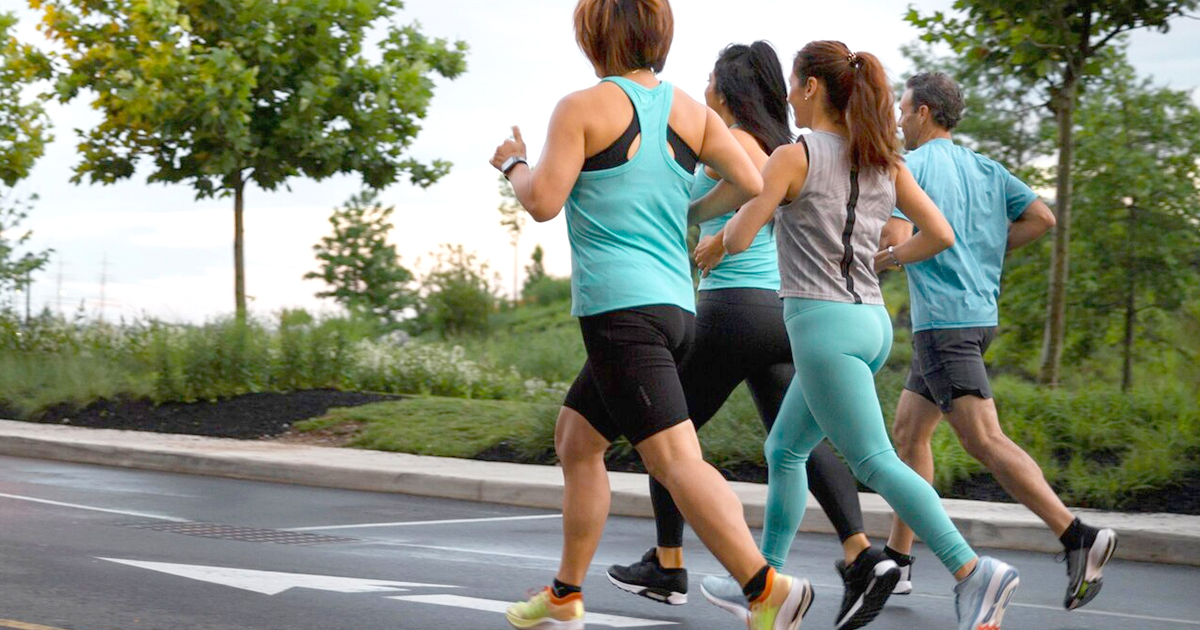- 3.5Impact Factor
- 7.4CiteScore
- 18 daysTime to First Decision
New Frontiers of Sport, Exercise and Physical Activity for Health and Human Performance
This special issue belongs to the section “Physiology“.
Special Issue Information
Dear Colleagues,
Sports, exercise, and physical activity permeate all aspects of today's society. Having an active lifestyle is important for physical health (exercise is medicine), for mental health (exercise is wellness), for learning (exercise is education), for the economy (exercise is business), and for technological development (exercise is innovation). Physical inactivity has deleterious effects on population health and can lead to numerous diseases. Physical activity and an active lifestyle can counterbalance these effects, promoting both physical and mental wellbeing.
The link between physiology and human performance in all populations is well-known, ranging from high-performance athletes to generally-healthy to unhealthy subjects. Performance in sports is determined by the athlete's technical, tactical, physiological, and psychological/social characteristics. Physical activity benefits overall health and wellbeing for healthy individuals, and improved function in patients with health disorders. Population performance and health are affected by the relationships between stress, maturation, training load, and recovery. However, in different situations and conditions, this stimulus–performance–adaptation relationship varies. A multitude of motor performance factors is the underlying basis for maximized human performance, namely: muscular strength, muscular endurance, cardiovascular endurance, speed, agility, anaerobic power, flexibility, balance, coordination, body composition, and reaction time (i.e., physical fitness components).
The purpose of this Special Issue is to publish original, high-quality articles, as well as narrative and systematic reviews with particular regard to the underlying physiological mechanisms in the fields of sport, exercise, and physical activity. As a result, we look forward to receiving contributions that are related, but not limited, to the following topics: (i) experimental studies and interventions using sports and exercise in healthy people or with health issues, (ii) observational analytic studies identifying the effects of practising sport and exercise on psychophysical health and quality of life, and (iii) systematic reviews and meta-analyses that may summarize the evidence about the effects of sport and exercise on healthy people or with health problems.
This Special Issue welcomes new ideas and approaches that could change paradigms in our understanding of the benefits of sport, exercise, and physical activity across the entire population, regardless of gender, age, country, income, or social background.
Dr. Gianpiero Greco
Dr. Filip Kukić
Prof. Dr. Katie M. Heinrich
Guest Editors
Manuscript Submission Information
Manuscripts should be submitted online at www.mdpi.com by registering and logging in to this website. Once you are registered, click here to go to the submission form. Manuscripts can be submitted until the deadline. All submissions that pass pre-check are peer-reviewed. Accepted papers will be published continuously in the journal (as soon as accepted) and will be listed together on the special issue website. Research articles, review articles as well as short communications are invited. For planned papers, a title and short abstract (about 250 words) can be sent to the Editorial Office for assessment.
Submitted manuscripts should not have been published previously, nor be under consideration for publication elsewhere (except conference proceedings papers). All manuscripts are thoroughly refereed through a single-blind peer-review process. A guide for authors and other relevant information for submission of manuscripts is available on the Instructions for Authors page. Biology is an international peer-reviewed open access semimonthly journal published by MDPI.
Please visit the Instructions for Authors page before submitting a manuscript. The Article Processing Charge (APC) for publication in this open access journal is 2700 CHF (Swiss Francs). Submitted papers should be well formatted and use good English. Authors may use MDPI's English editing service prior to publication or during author revisions.
Keywords
- human performance
- sport performance
- external load
- internal load
- cognitive load
- fatigue
- stress
- emergency first-responders
- tactical population
- combat sports
- neuromodulation
- cognitive enhancement
- body composition
- health promotion
- biological maturation
- neuromuscular performance
- adaptation to training
- young athletes
- school performance
- psychological performance testing
- physiological performance testing
- mental toughness
- physiological monitoring devices

Benefits of Publishing in a Special Issue
- Ease of navigation: Grouping papers by topic helps scholars navigate broad scope journals more efficiently.
- Greater discoverability: Special Issues support the reach and impact of scientific research. Articles in Special Issues are more discoverable and cited more frequently.
- Expansion of research network: Special Issues facilitate connections among authors, fostering scientific collaborations.
- External promotion: Articles in Special Issues are often promoted through the journal's social media, increasing their visibility.
- e-Book format: Special Issues with more than 10 articles can be published as dedicated e-books, ensuring wide and rapid dissemination.

